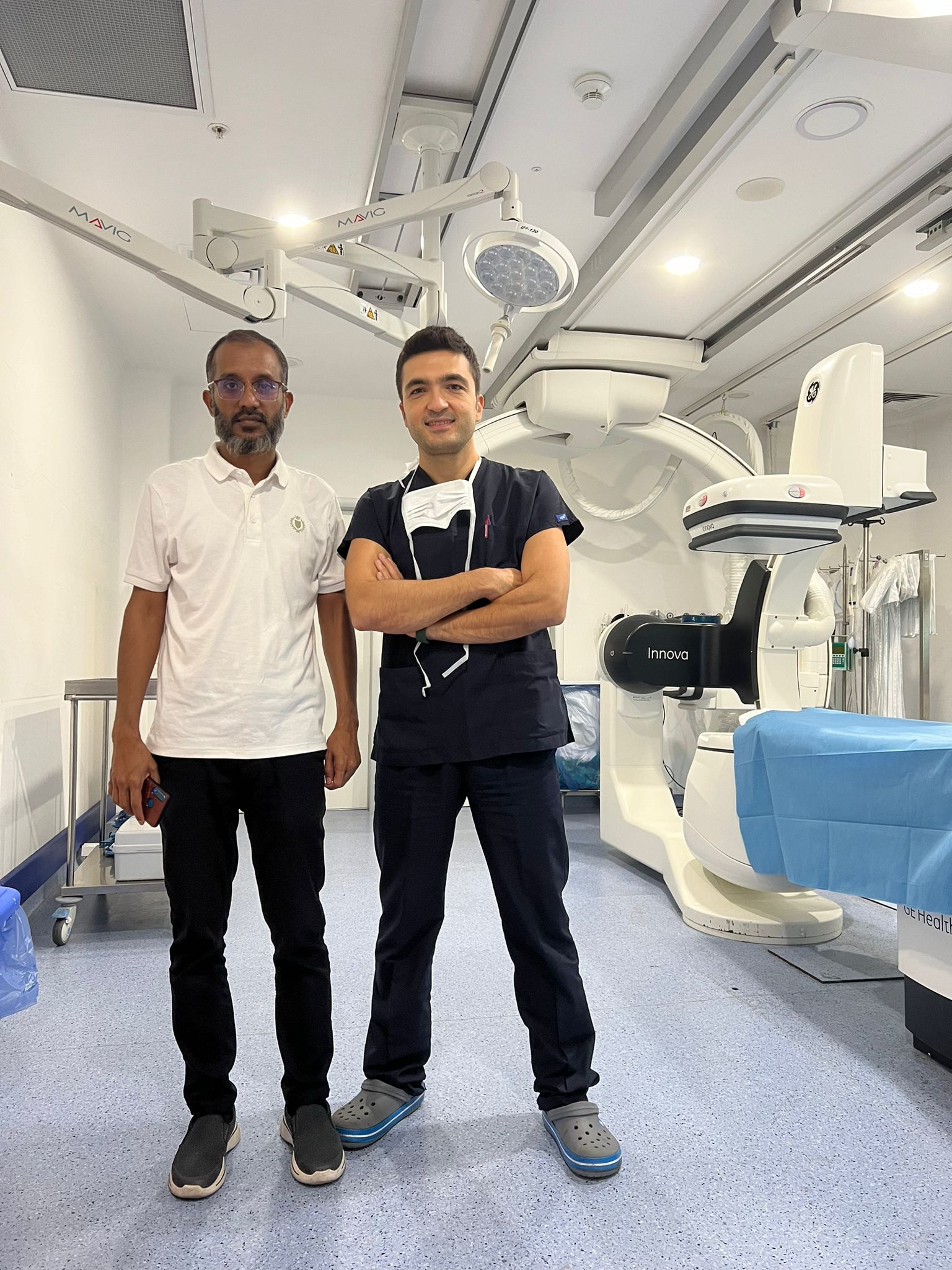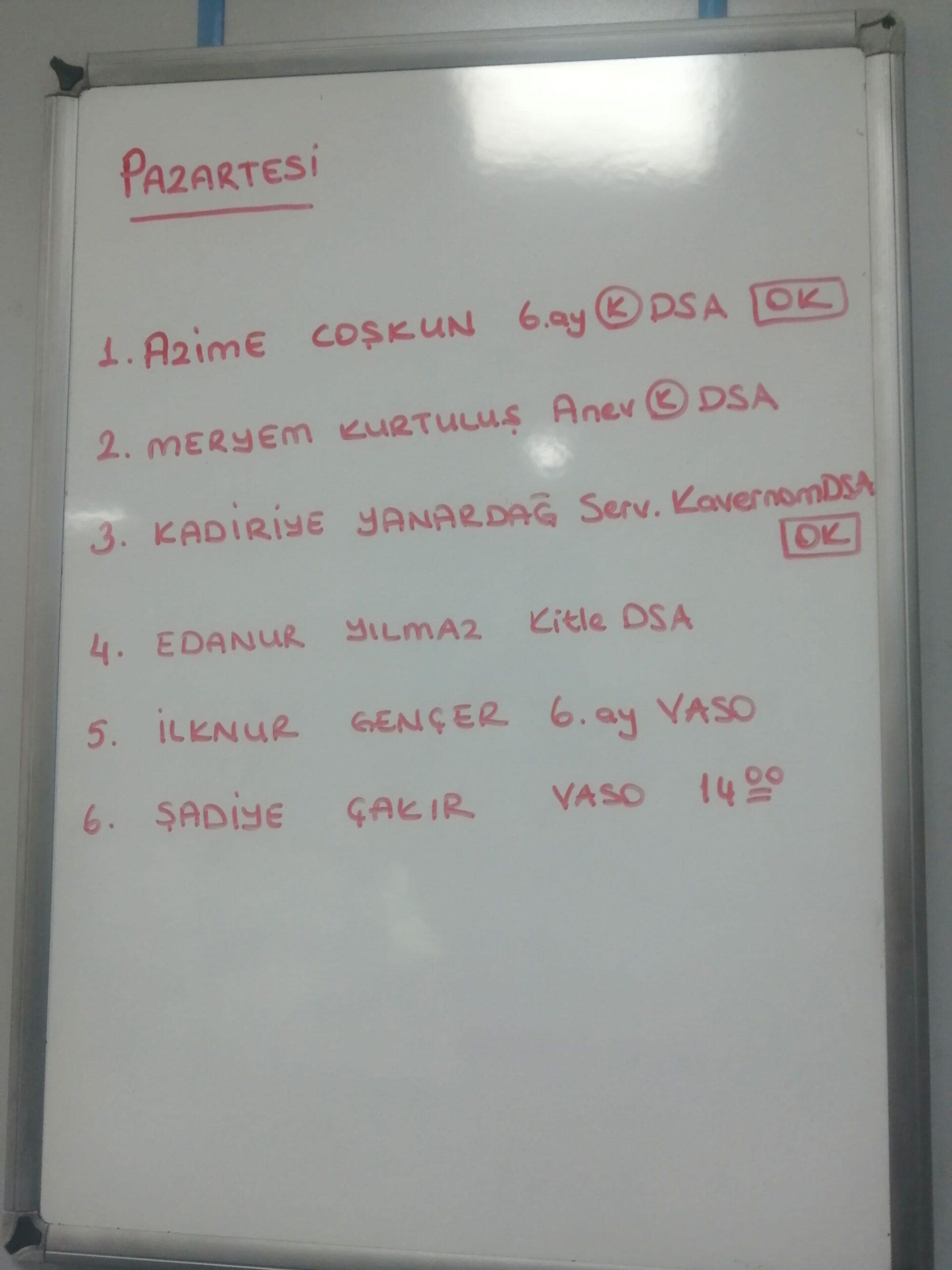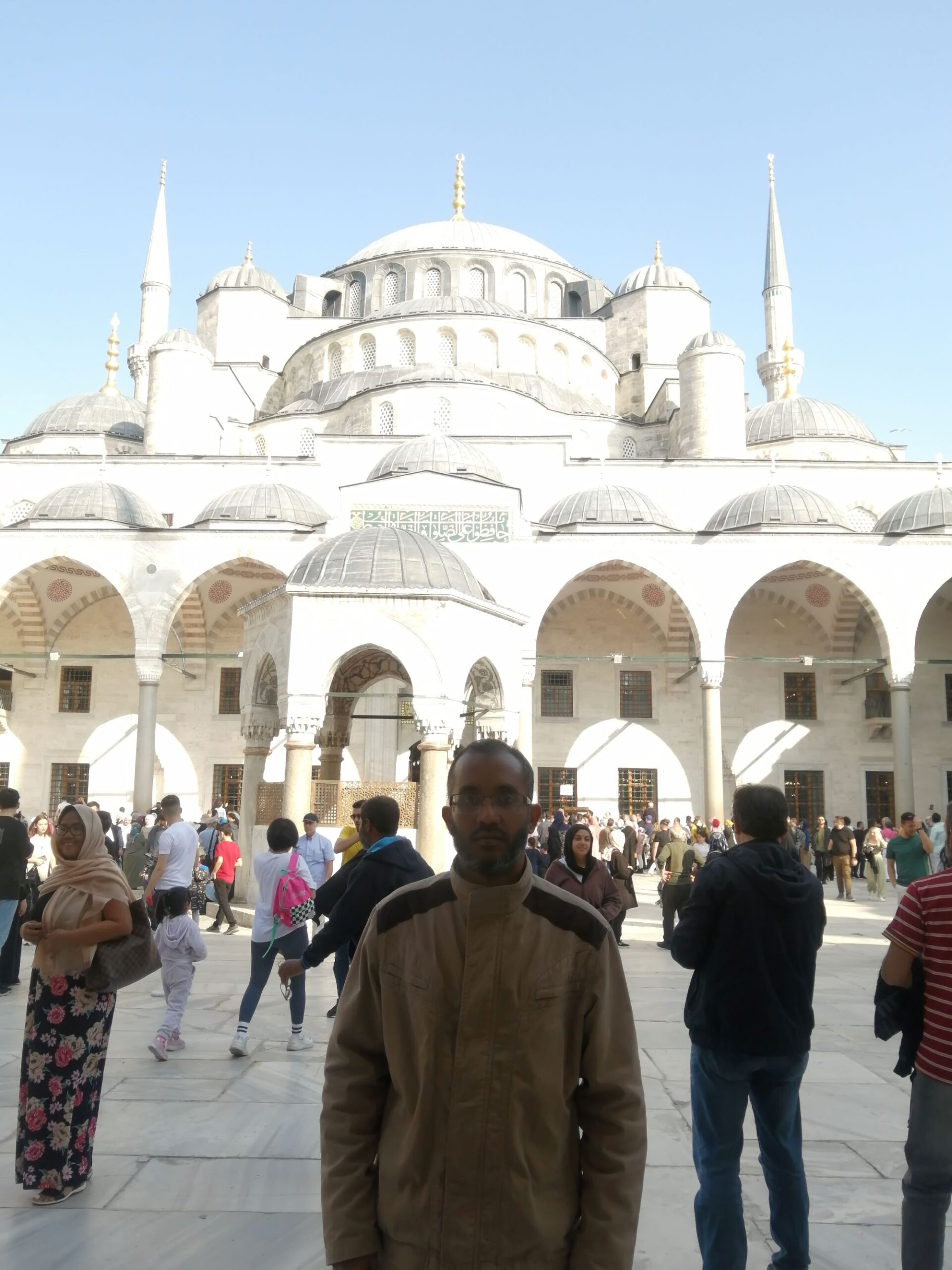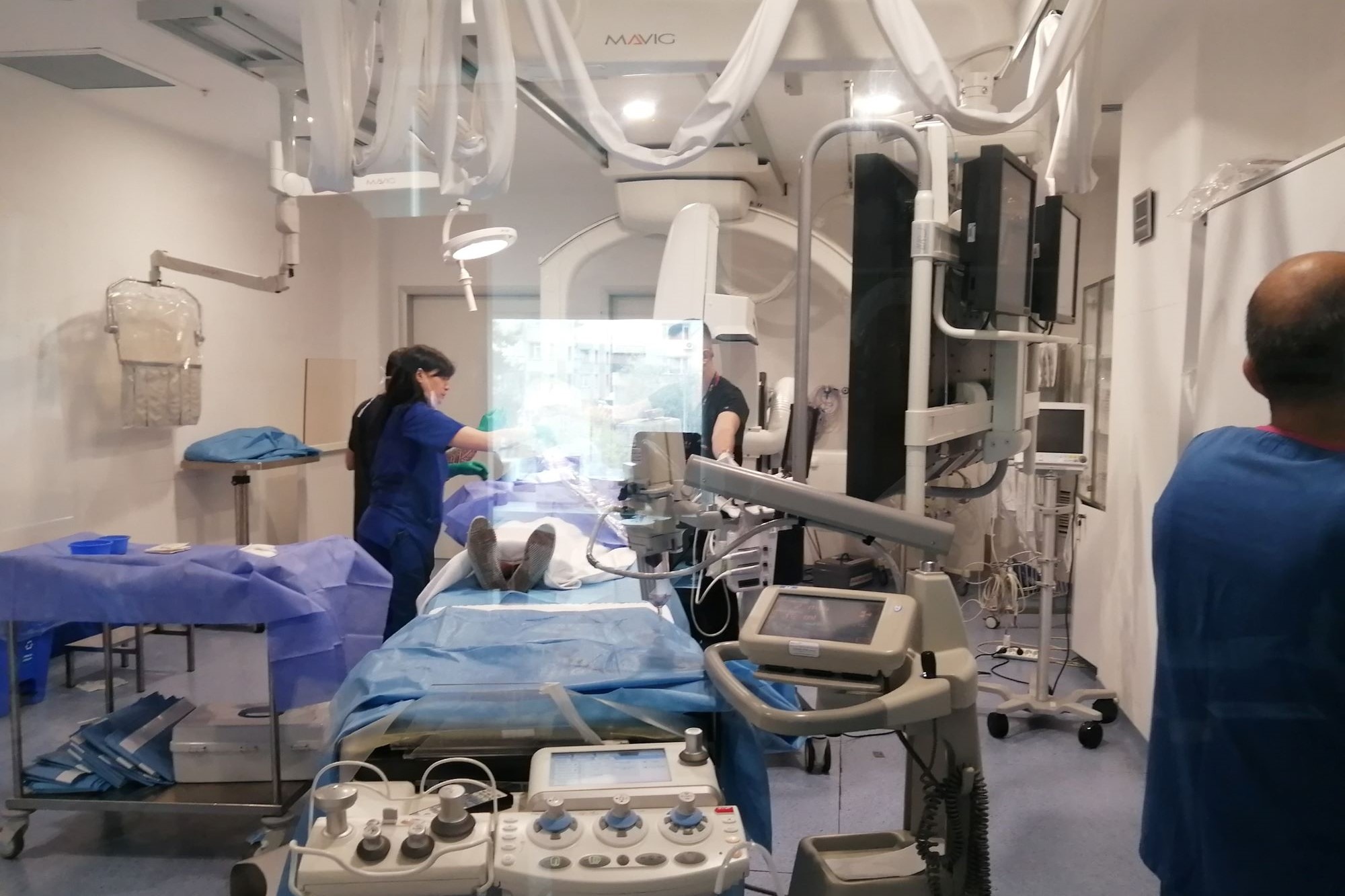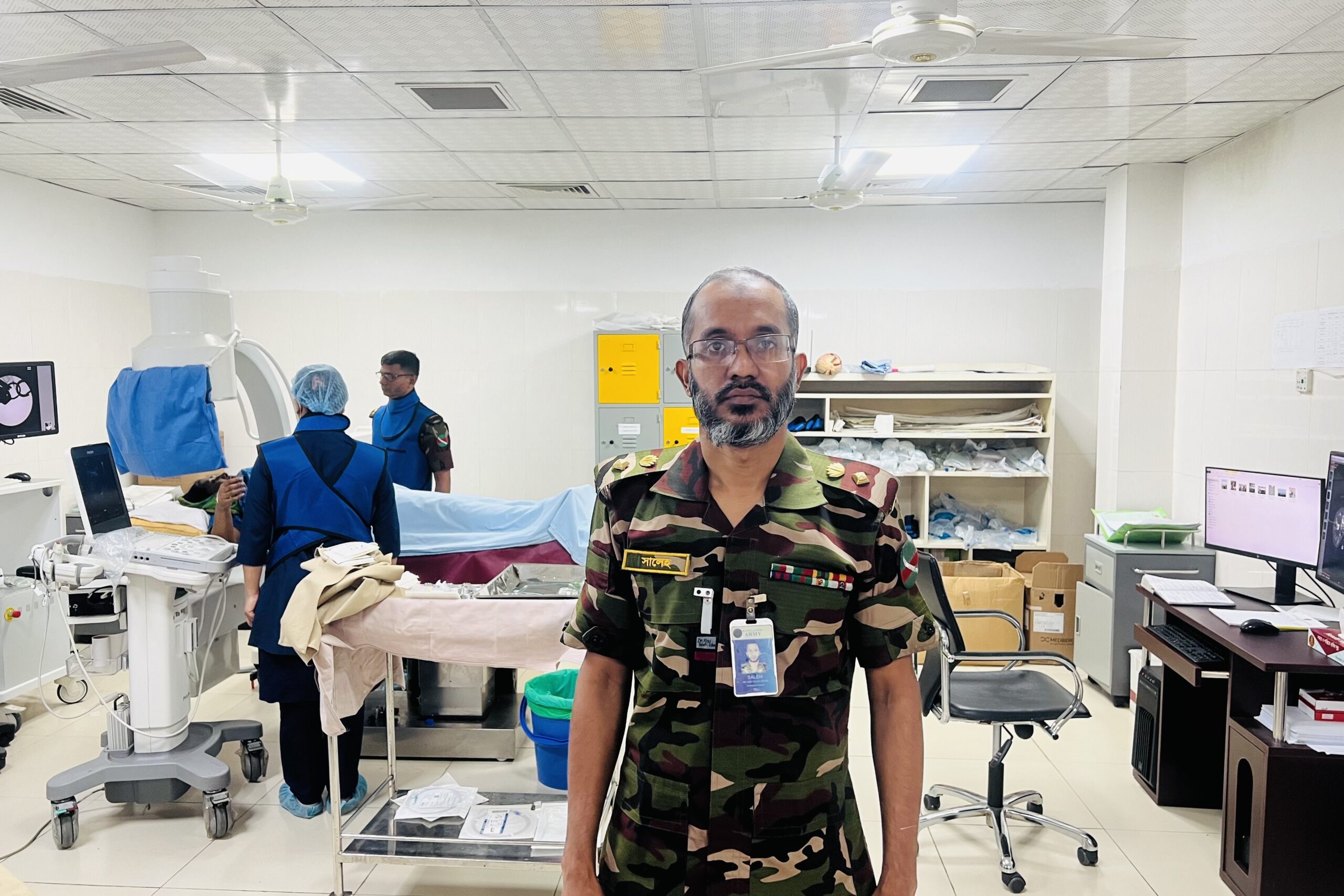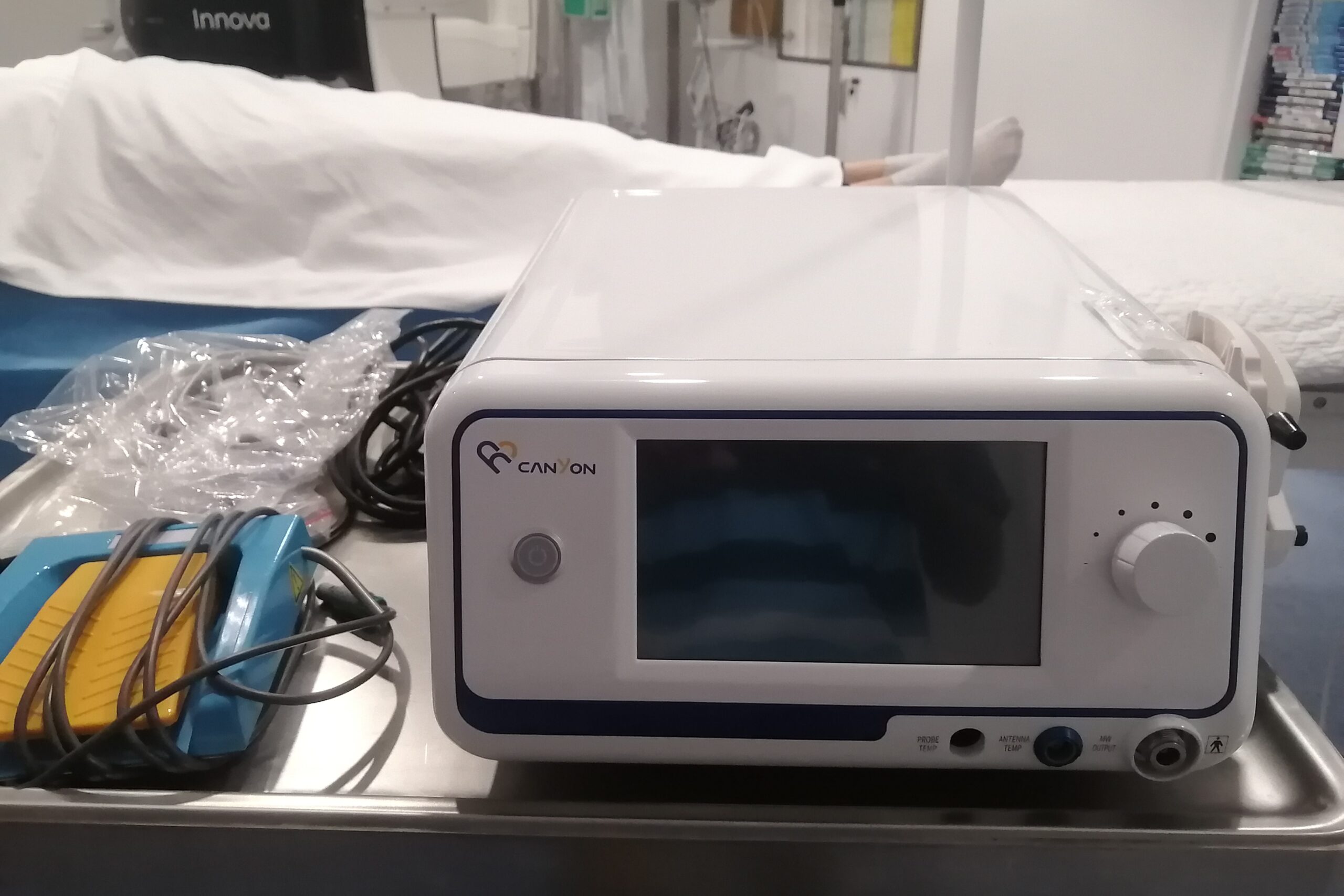Dr. Abu Saleh Esha, a consultant IR at the Combined Military Hospital in Dhaka, Bangladesh, used his CIRSE Fellowship grant to attend a one-month observership at two centres in Istanbul, Turkey.
By Dr. Abu Saleh Esha
I am a consultant interventional radiologist (IR) and the team leader of the interventional radiology department of the Combined Military Hospital in Dhaka, Bangladesh. It is the largest hospital of the Bangladesh Armed Forces and takes care of all the complicated and referred patients to Dhaka, a mega city in South Asia with a population of about 200 million.
We have a small IR team, including two interventional radiologists, three IR nurses, two radiographers, and a few other supporting staff members. In our daily practice, we do many biopsies (such as lung, liver, renal bone etc.), chemo port and other line insertions, urointerventions like PCN & antegrade ureteral stenting, hepatobiliary intervention (PTBD, biliary stenting) and oncological interventions such as TACE and microwave ablation of solid organ tumours. We also do a limited number of neurointerventions with the help of the neurosurgical team.
We face many challenging oncological, trauma, and neurological cases, such as bleeder embolization and stroke patients’ management etc. We use a multidisciplinary (MDT) approach with our surgeons, clinician oncologists, and IRs to manage these complicated patients in a way that is focused on patient benefits.
Day to day at our hospital, the IR team takes an active role in patient management, participating in tumour boards, MDT meetings, and consultations. IRs help expedite the diagnosis of patients with suspected malignancies in our hospital by performing image-guided biopsies and providing image-guided long-term central venous access (PICC and chemo-ports), as well as hydro-marker insertion in breast lesions before chemotherapy. Most of our patients receive these essential procedures within seven days of presentation at our hospital, and we are able to initiate chemotherapy within two weeks. IRs also perform chemoembolization and ablation of feasible cases of liver and kidney tumours when decided upon at MDT meetings.

